Small Dogs (Under 20 Pounds)
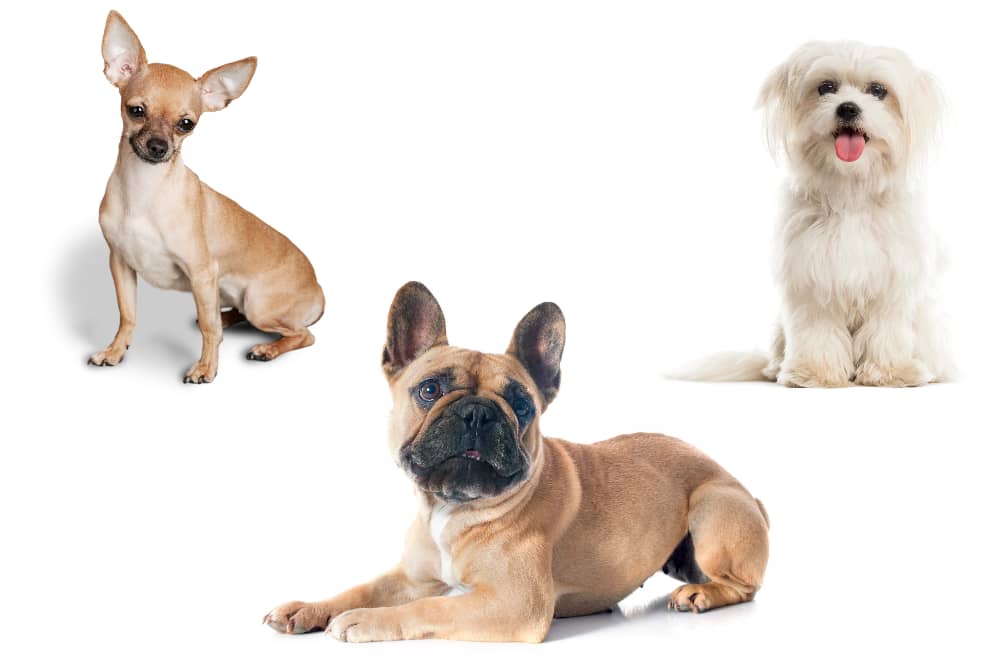
Finding the right dog isn’t just about looks or breed, it’s about lifestyle. A dog’s size can shape how easily they adapt to your daily routine, your living space, and even your long-term goals. Small dogs may be the ultimate choice for city living, especially for people in apartments or smaller homes. Breeds like Chihuahuas, Maltese, and French Bulldogs don’t need much space to be happy, and their exercise needs can often be met with short daily walks and some indoor play. Because of their size, they’re far easier to carry when traveling, which makes them a favorite for frequent flyers or people who enjoy weekend road trips. Their smaller appetites also mean lower food costs and often fewer expenses overall. Many rental properties also tend to allow smaller breeds, which adds flexibility for people who move often. Of course, they may be more fragile than bigger dogs and require careful handling, especially around children. Still, for someone who wants a companion that fits seamlessly into a busy or compact lifestyle, small dogs are hard to beat.
Medium Dogs (20–50 Pounds)
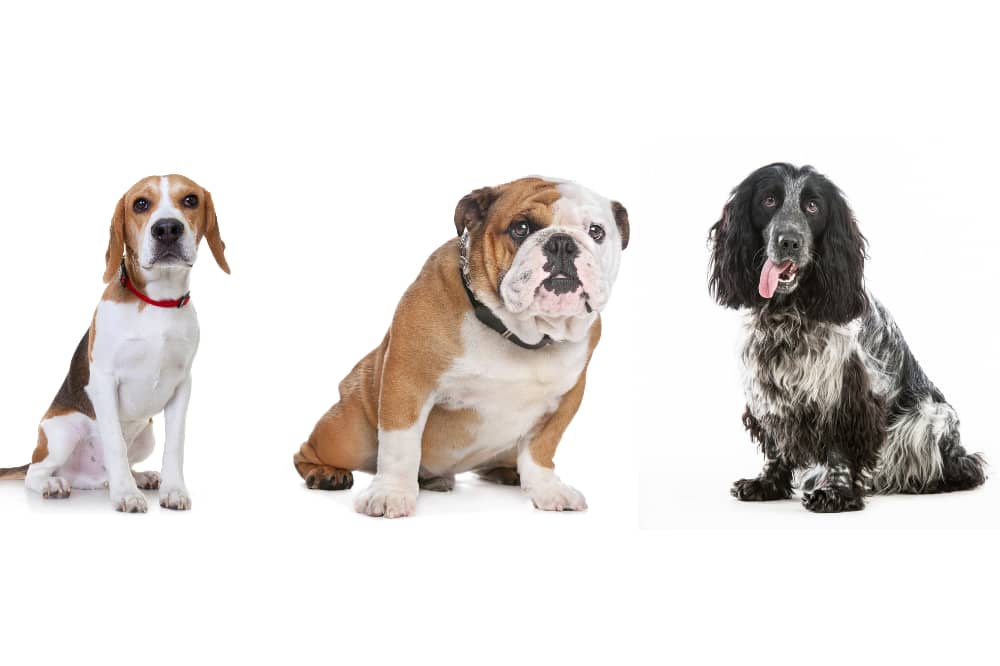
Medium-sized dogs are often called the “just right” size for good reason. Breeds like Beagles, Cocker Spaniels, and Bulldogs are big enough to join their families on outdoor adventures but still small enough to live comfortably indoors without overwhelming the space. This balance makes them great for families who want a versatile pet that can both relax at home and enjoy active outings. Medium dogs also tend to face fewer of the health challenges that very small toy breeds or giant breeds sometimes struggle with, which means they may be more manageable long-term. Training and handling are generally easier, too, since they aren’t so strong that they’re difficult to control but still have the stamina to keep up on walks, hikes, or runs. For many households, this size range feels like the sweet spot between companionship and practicality.
Large Dogs (50–90 Pounds)
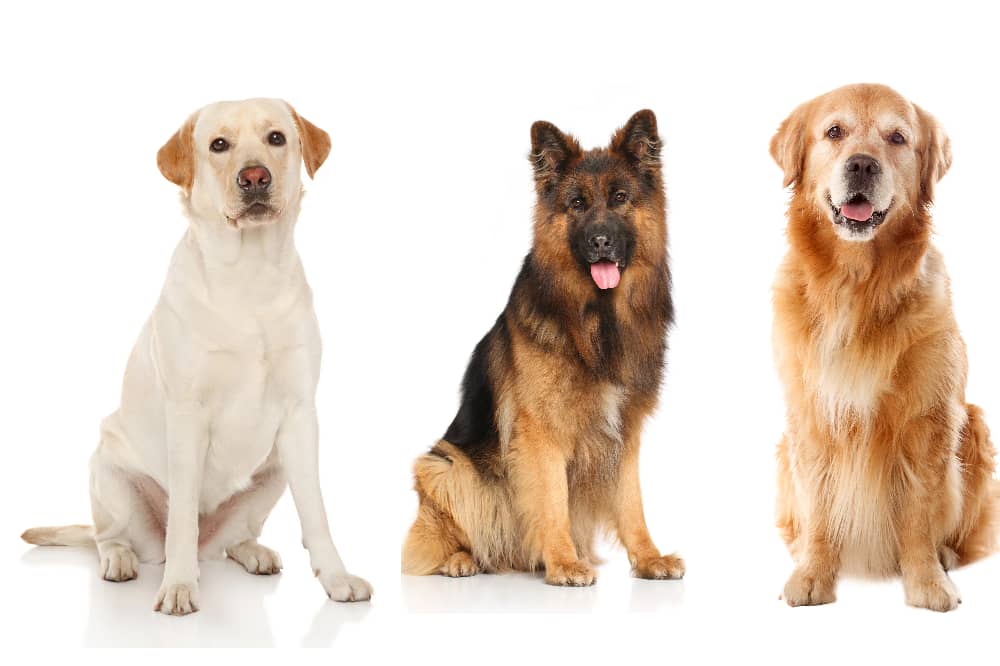
Large dogs are ideal for people with the space and energy to keep them active. Breeds such as Labrador Retrievers, Golden Retrievers, and German Shepherds are famously loyal, intelligent, and full of enthusiasm, which makes them perfect for families who want a dog to truly be part of their daily lives. These breeds often thrive in suburban settings with yards or access to parks where they can burn off energy. Their size also makes them versatile: they can be trained as therapy dogs, service animals, or working companions, thanks to their natural intelligence and strong bond with humans. However, their larger size can make them less suited for apartment living, especially if outdoor access is limited. Food bills and veterinary costs may be higher as well, simply because of their weight and needs. For active families who want a dog that loves to play, explore, and protect, large dogs offer a deeply rewarding experience.
Giant Dogs (90+ Pounds)
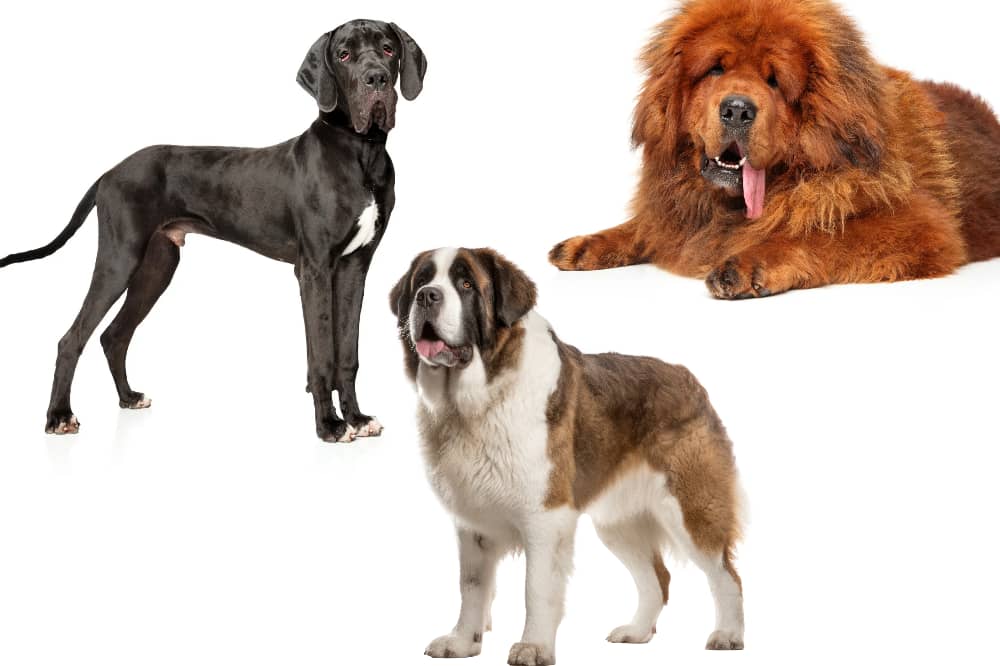
Giant breeds such as Great Danes, Mastiffs, and Saint Bernards bring a unique presence to any household. Despite their intimidating size, many of these breeds are surprisingly gentle and calm indoors, often earning them the nickname “gentle giants.” They tend to bond closely with their families and can be both affectionate and protective. Because of their size, they do best in large homes or rural settings where there’s room for them to stretch out comfortably. On the practical side, caring for a giant dog does come with challenges , they eat significantly more, require sturdier equipment, and often have shorter lifespans than smaller breeds. Transportation and travel can also be tricky. But in return, they offer unmatched companionship and a sense of security that few other dogs can match. For those with the space and resources, a giant dog can become a deeply loyal and unforgettable part of the family.
Protective Dogs (Often Large or Giant)
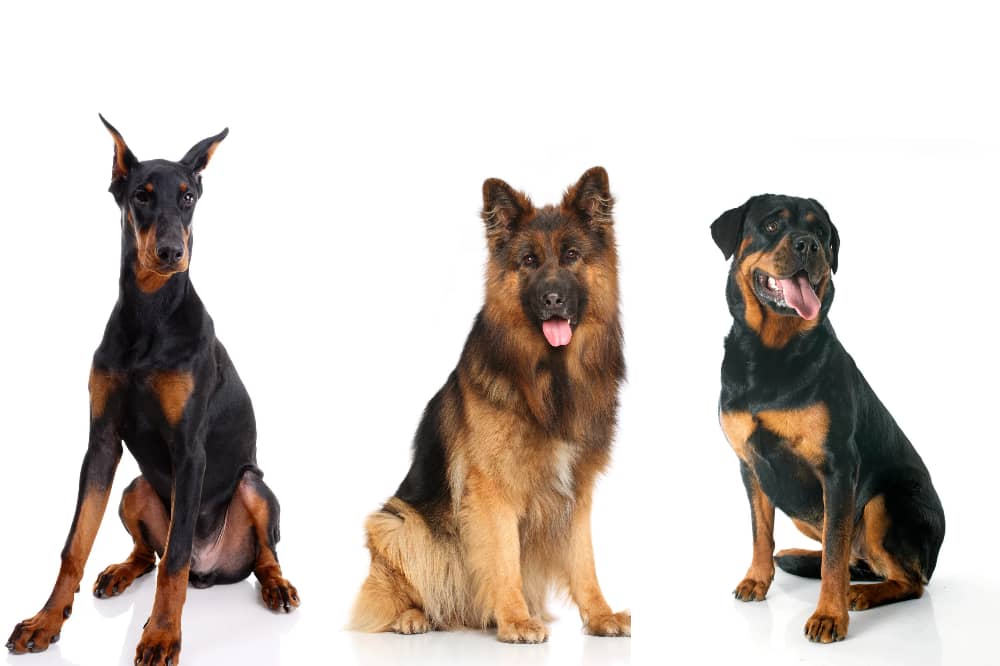
For households looking for both companionship and security, protective breeds are often the go-to choice. German Shepherds, Rottweilers, and Dobermans are well-known for their intelligence, trainability, and natural guarding instincts. Their size, usually in the medium-to-large range, makes them imposing enough to deter intruders while still being manageable in family life when properly trained. These breeds thrive on structure and purpose, making them ideal for people who are committed to consistent training and regular exercise. While they can be affectionate and loyal family dogs, they also require careful socialization to ensure they’re confident and well-adjusted around strangers and other animals. In the right environment, protective breeds strike a balance between loving companion and reliable guardian, offering peace of mind along with deep companionship.
Adventure Dogs (Medium to Large)
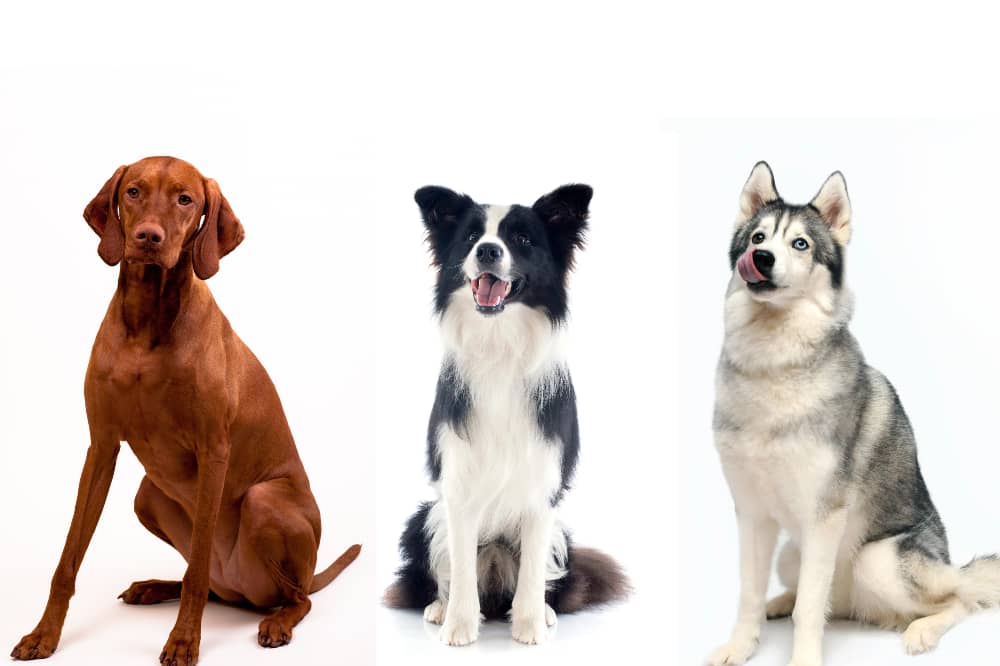
For people who thrive outdoors, adventure-ready breeds are often the best match. Dogs like Siberian Huskies, Border Collies, and Vizslas are built for activity, with high energy levels and stamina that can keep up on long hikes, runs, or camping trips. Their medium-to-large size gives them the endurance to cover miles of trails without being so big that they’re difficult to manage. These breeds are happiest when they have a job or regular outlets for their energy, whether that’s agility training, running alongside a bike, or simply exploring new places. Without enough stimulation, though, they can quickly become restless and develop challenging behaviors. For active people or families who spend weekends outdoors, an adventure dog can be the perfect match, offering enthusiasm and companionship that fits right into an energetic lifestyle.
Lap Dogs (Small to Medium)
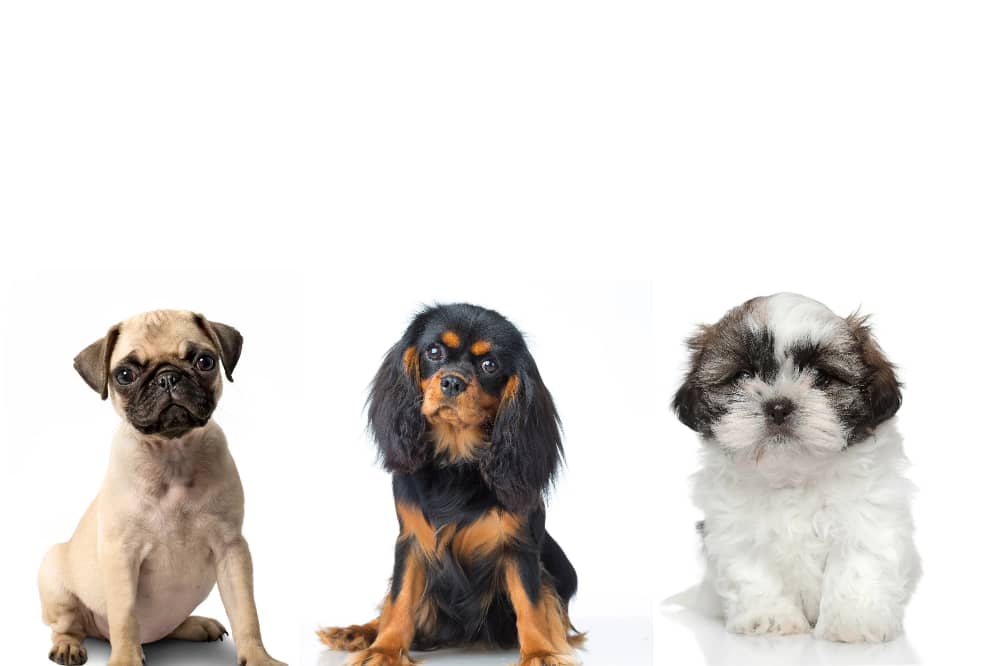
Sometimes the perfect size isn’t about what a dog can do but how close they can be. Lap dogs such as Shih Tzus, Cavalier King Charles Spaniels, and Pugs fall into the small-to-medium range, making them easy to carry, cuddle, and keep close. These breeds are often content to spend most of their time indoors, curled up on the couch or following their owners from room to room. While they still need exercise and playtime, their biggest joy usually comes from companionship and being near their humans. They’re great for people who value comfort and affection over high activity levels, and their smaller size makes them more manageable for families with limited space. For anyone who wants a dog that’s more about closeness than adventure, lap dogs provide endless warmth and love.
The Real Answer: It Depends on You
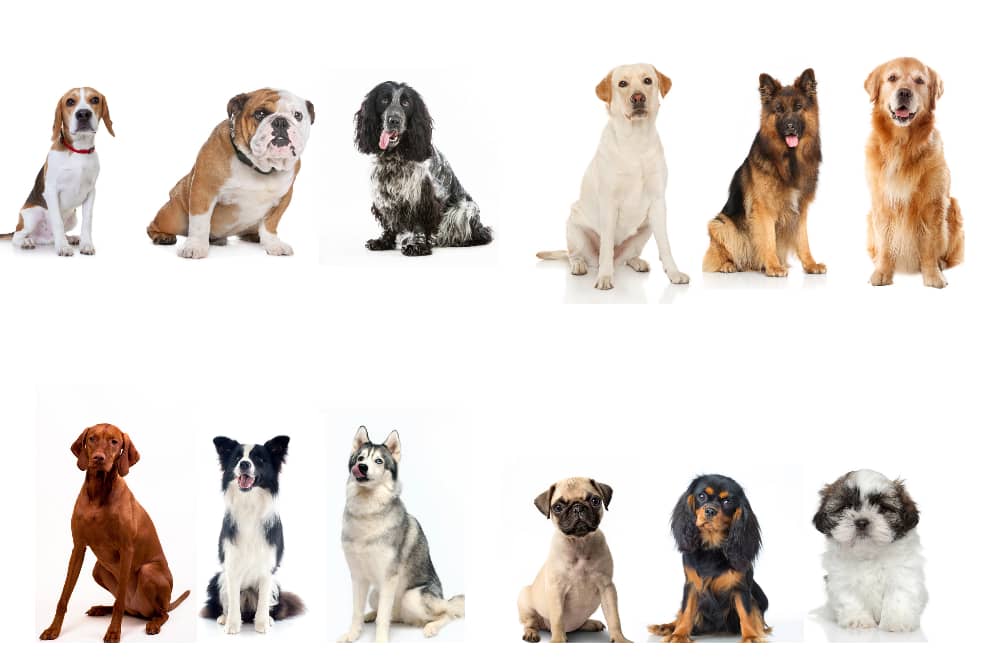
At the end of the day, the “perfect size dog” isn’t a number on a scale but a match for your life. Someone in a small apartment with a busy travel schedule may find joy in a tiny, portable companion, while an outdoor enthusiast might need a medium-to-large dog with stamina to keep up. Families who want both companionship and security may choose a protective breed, while others may prefer a gentle giant who brings calm and presence to a big home. Every size comes with its strengths and challenges, but all dogs share one thing in common: loyalty and love for their people. Choosing the right size is about looking honestly at your lifestyle, your space, and your needs, then finding the dog that fits best.
This story What’s the Perfect Size Dog? Finding the Right Fit for Your Life was first published on Daily FETCH


